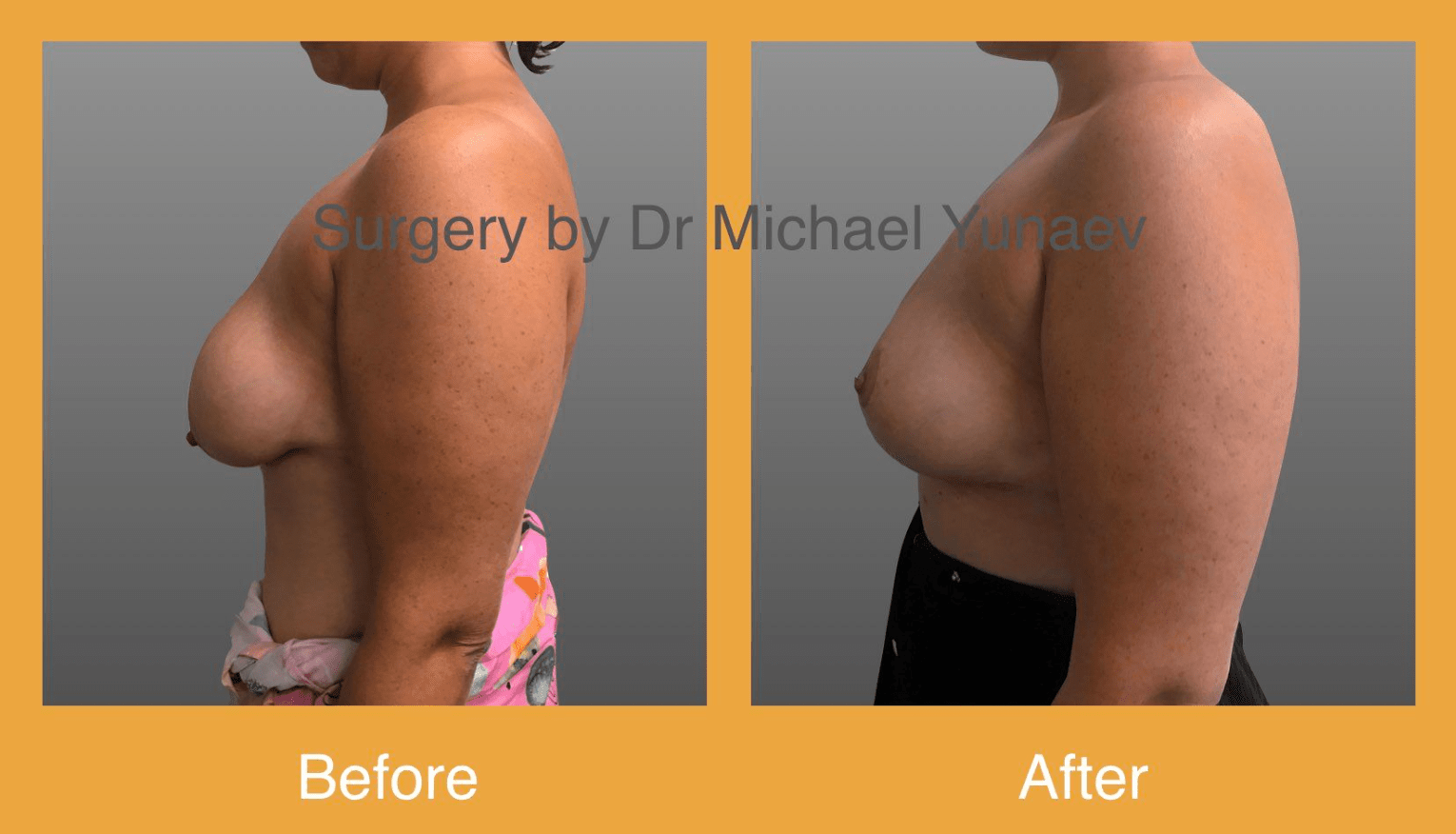
Cervicoplasty is a popular plastic surgery that can be done for many reasons. This safe procedure allows women to look more natural and attractive. Cervicoplasty is not without risks. These risks include damage to the nerves of the mandible, which are commonly injured during the procedure. Also, anesthesia is required.
View of the cervicoplasty after surgery
In order to perform cervicoplasty, the anterior approach is more complicated than the Giampapa. This is because there is more suture suspension and liposuction. The incision is wide, encompassing the anterior neck triangle and the anterior borders of the sternocleidomastoid muscles. The surgeon then makes a submental incision, allowing access to the supraplatysma and interdigastric compartments. An anterior approach can be done with a long staple.
The improved appearance of the neck as well as the jawline can be seen in this post-operative view. There are few scars, and the cervicomental angle has been improved to 95°.
Platysmaplasty
A type of cervicoplasty called platysmaplasty tightens, shapes and shapes the muscles within the cervix. It can be performed via a small submental incision. Platysmaplasty is a procedure that can fix many different issues. The surgeon will tailor the procedure to the needs and preferences of the patient.

You can combine Platysmaplasty with a necklift. The surgeon will make a small incision under the chin. The surgeon will then reposition the platysma muscles. The incision is closed using stitches and gauze. Additional procedures to improve the neck or shoulder contour can be performed, including platysmaplasty.
Anesthesia for cervicoplasty
The procedure of cervicaloplasty improves the appearance and shape of the neck, chin, and jaw. This procedure involves making an incision under the neck to lift and reduce the skin. The surgeon then secures the area with sutures. In order to make the patient feel comfortable during the procedure, anesthesia is usually used.
The procedure takes approximately two to four hours. The patient will need to wear a compression garment and elevate the neck. They also need pain medication and antibiotics. The patient must avoid strenuous activities and direct sunlight for the first few week. After the procedure, incisions will need to be bandaged. The neck collar should be worn for the first week. Patients can resume their normal activities after four weeks.
After cervicoplasty, recovery time
Each patient's recovery time will vary. While most patients can return to normal activity within two weeks after surgery, some will need to avoid strenuous activities for three to four weeks. Avoid sex and other activities that increase your heart rate.
The patient will experience swelling and bruising for up to four weeks after cervicoplasty. The complexity of the procedure will determine the recovery time. The procedure can take between two and four hours depending on the type of anesthesia used. The compression bandage will be applied to the patient and they should rest for a few more days. To minimize potential risks after surgery, please follow the surgeon's instructions.

Cervicoplasty cost
A cervicaloplasty procedure is available for people who are unhappy about the sagging neck skin. The surgery involves the removal of excess skin and tissue to create a smoother neck. Cervicoplasty can be more costly than necklift surgery, but is less expensive than liposuction. The Virginia Institute of Plastic Surgery is a good choice for a lower-cost neck lift, and many of its surgeons have experience with this procedure.
Cervicoplasty costs typically range between $3,000 to $5,000. Most insurance companies do not cover the cost of cervicoplasty. All costs associated with the procedure are the responsibility of the patients.